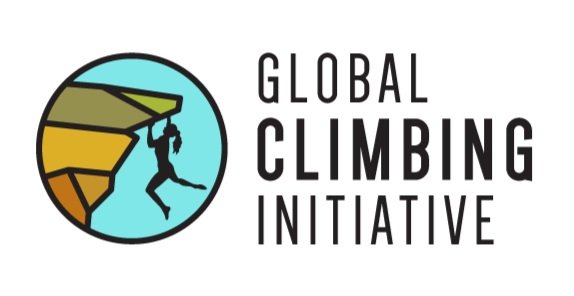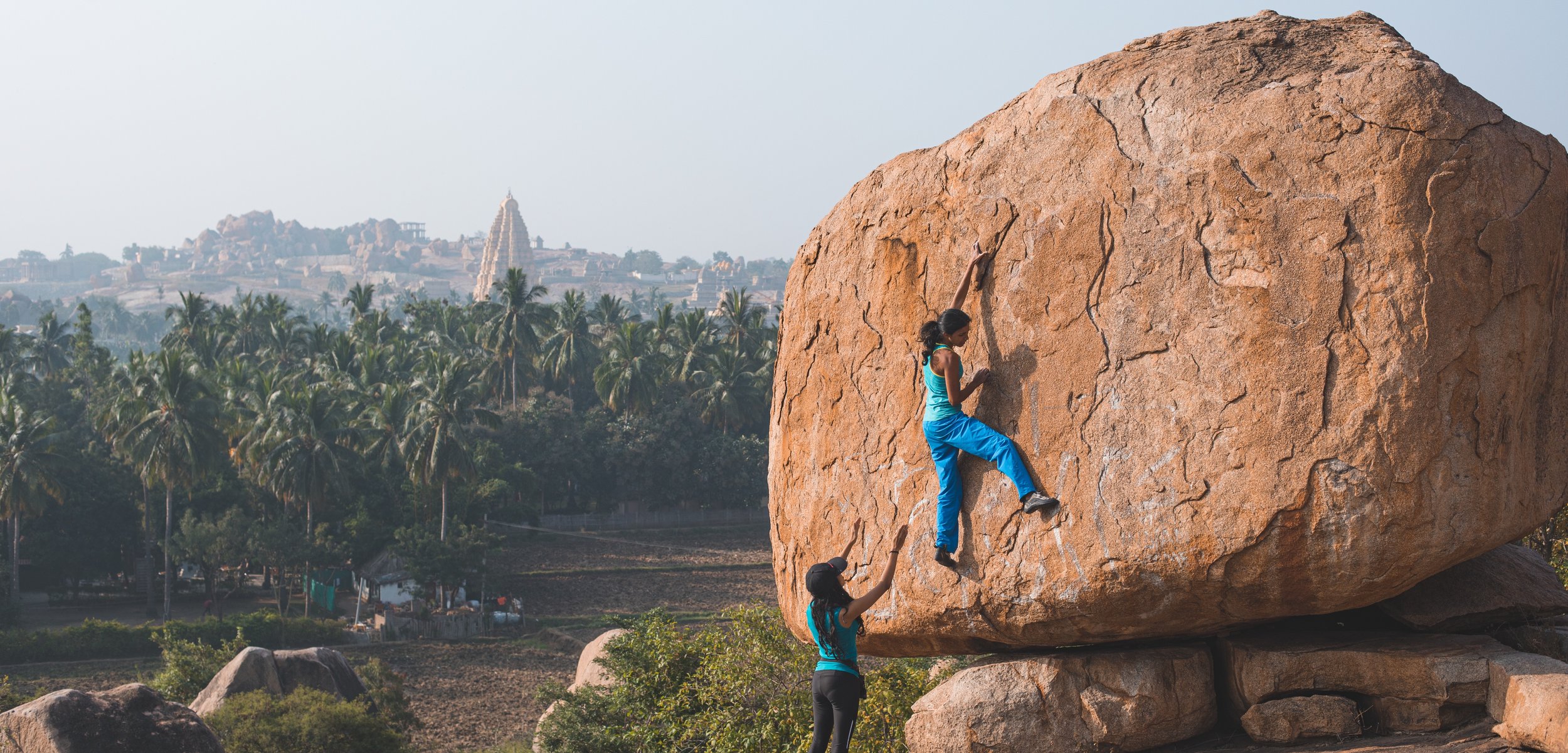Best Practices
Climbing Festivals
“Organizing a climbing event is equivalent to organizing a big party: challenging and tiring, but still a joyful event. A climbing festival is a special moment for the local community of climbers: it is a time of celebration, of aggregation, and sharing — but above all, of growth. A climbing festival is an opportunity for us to fully enjoy our passion by climbing as much as possible, while experiencing the beauty of nature.”
As climbing continues to expand in popularity, new events are being founded to build community, catalyze connection, and celebrate our love of the sport. Festivals provide a space for all kinds of climbers to unite on the basis of identity or geography while enriching their knowledge and skills. Climbing festivals today exist at all stages of development, from nascent to well-established, but in most cases, organizers are building their events without the support of climbing-specific educational resources or guidelines.
This new chapter of GCI’s Best Practices project aims to bridge this gap by highlighting essential information for anyone interested in hosting a climbing festival. Being prepared and educated allows festival hosts to effectively center the local community and environment while driving positive economic impact. Author Massimo Cappuccio shares his key lessons drawn from more than a decade of experience preparing, hosting, and successfully running climbing festivals in southern Italy.
Massimo Cappuccio
Organizer, San Vito Climbing Festival and Scorace Block Fest
Italy
Why are we collecting this information?
The Global Climbing Initiative is an international effort to unite and support the climbing community. The more we grow our network of climbers around the world, the better we will be able to serve our global community. Your information will not be sold, shared, or otherwise distributed beyond GCI. Learn more about our privacy policy at globalclimbing.org/privacy.
To support the best practices project, please consider purchasing a shirt or making a donation



